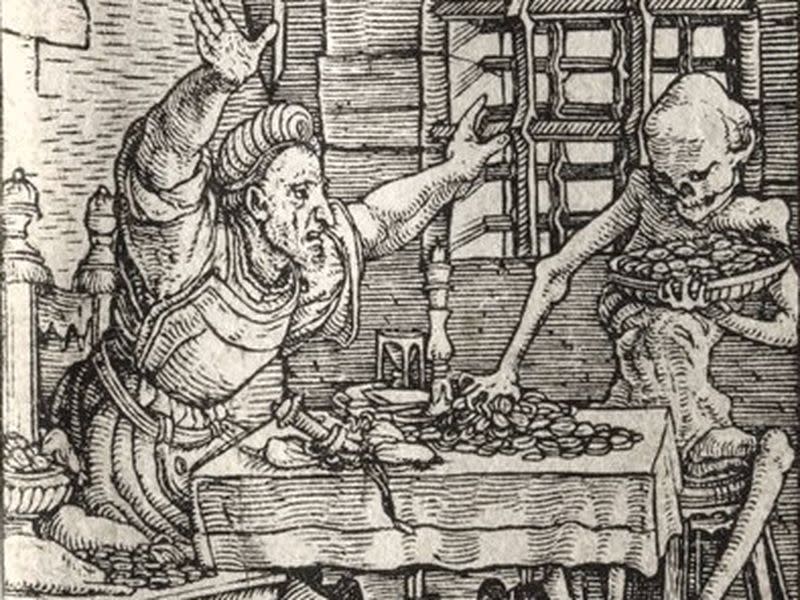What the Black Plague Can Teach Us About Today's Jobs Report

As the world continues to agonize over inflation and the harsh spillover effects from U.S. efforts to fight it, today’s U.S. jobs report suggests interest rate hikes are having only a moderate impact on employment and, by extension, wage growth. The U.S. added 263,000 jobs in September, a mild decline from August, and the unemployment rate actually dipped from 3.7% in August to 3.5%, a historically low number.
This is rather stunning after eight months of aggressive interest rate hikes by the U.S. Federal Reserve – hikes that are fully intended to cool down the overall economy, including damping demand for workers. Instead, the outcome so far has been a decline in asset prices by a third or more across the board, while wages and employment remain solid.
This article is excerpted from The Node, CoinDesk's daily roundup of the most pivotal stories in blockchain and crypto news. You can subscribe to get the full newsletter here.
CNBC’s Jim Cramer captured the sense of surprise this morning: “Labor number red hot ...”, he tweeted. “Nothing yet from rate increases … plenty of reasons to keep raising.”
Of course, that sounds worrying for financial markets, including crypto, and it is – continued rate hikes will add downward pressure to assets. But more broadly, strong jobs numbers are no bad thing: Mass unemployment is far worse for society than a dreary asset market, at least in the short term.
But how to explain the disconnect?
In simple terms: The U.S. lost an immense number of workers during the COVID-19 pandemic. One study found 500,000 workers left the labor force after contracting COVID. Another study by the Brookings Institution concludes that between 2 million and 4 million Americans have left the workforce because of “long COVID,” or the long-term health impacts of COVID-19. Of the more than 1 million Americans who have died of COVID-19, a large majority were workers.
Those numbers have very different methodologies, but together they give at least a rough sense of the impact of COVID-19 on America’s labor force of 165 million: Workforce losses could be on the order of 3%.
That’s a huge contraction that would help explain a lot about the job market right now. But it’s absolutely nothing compared to the public health crisis that arguably defined the modern world. The Black Plague killed as much as 40% of the population of Europe and created dramatic upheavals in the hierarchical, feudal labor relations that had prevailed before the plague.
See also: Is Bitcoin an Inflation Hedge? Investors Are Still Unsure
“[The] mortality destroyed more than a third of the men, women, and children … such a shortage of workers ensued that the humble turned up their noses at employment, and could scarcely be persuaded to serve the eminent unless for triple wages,” said one account written shortly after the plague.
Even the much smaller post-COVID labor contraction is seeing workers gain power in similar ways. The U.S. labor movement that had been gaining momentum before the pandemic has been pushed into overdrive, and workers have taken increasingly strong action to improve working conditions, including a mass walkout at an Amazon facility this week.
Many historians argue that, well beyond improving the lot of surviving workers, the Black Plague effectively ended the feudal system. COVID-19 might not have such sweeping impacts – but they’re a reminder that interest rates are an extremely blunt instrument being deployed to resist some very specific, and very strong, underlying material realities.
